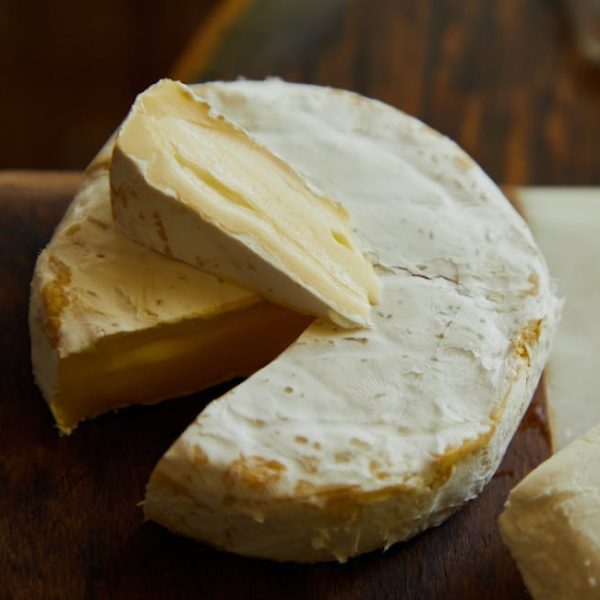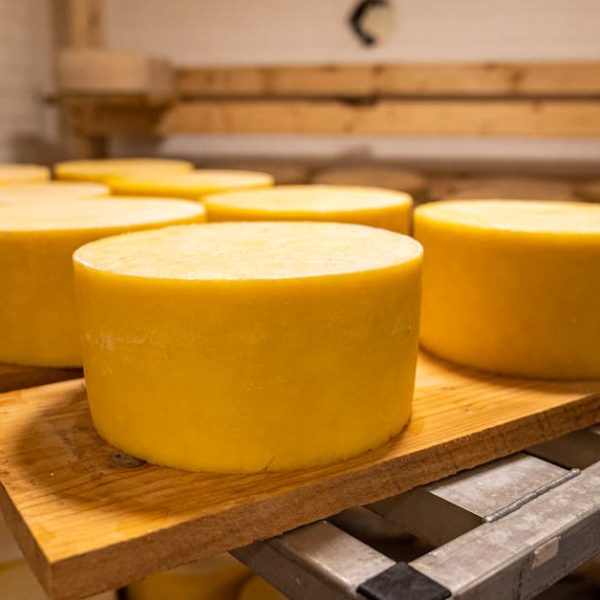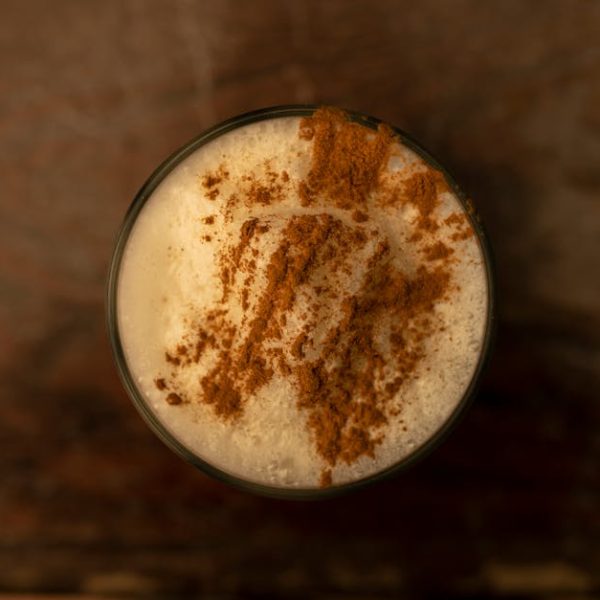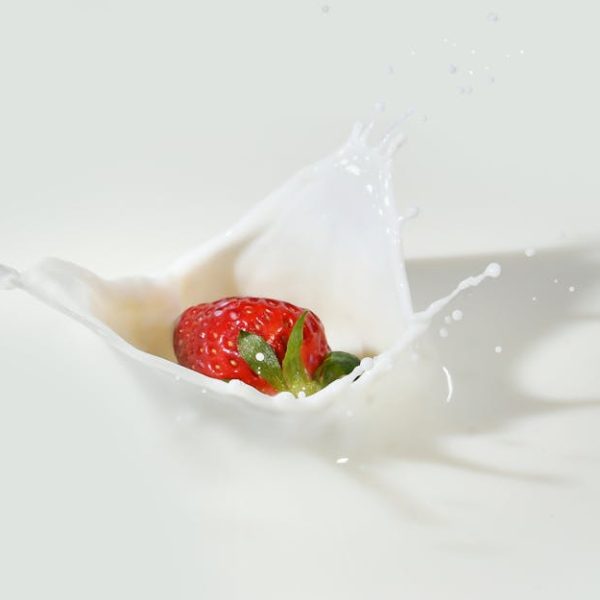Brie cheese, often known as the Queen of Cheeses, is a delicacy adored by food enthusiasts worldwide for its soft, creamy texture and rich, nutty flavor. However, maintaining its freshness is crucial to enjoying this regal cheese’s full flavor. To maximize the lifespan of brie cheese, understanding its average shelf-life, proper storage, and signs of spoilage is essential. You also need to know how its cheesemaking process affects its freshness and some clever strategies to consume it before it spoils.
Understanding the Shelf Life of Brie Cheese
Brie cheese has a peculiar nature – its ripening process continues even after purchase. This process affects its taste, texture, and lifespan. Although it is ideal to consume Brie right away, an unopened wheel of brie cheese usually stays fresh for 1 to 2 weeks. But it’s best practice to buy Brie closer to its sell-by date for immediate consumption and revel in its optimal quality.
However, after opening, the shelf life reduces considerably. The cheese begins to dry out and its flavors intensify. It then gets a bit harder, and you may notice a stronger, ammonia-like smell. For the best flavors, consume Brie within the first couple of days after opening.
To minimize waste and enjoy the cheese at its best:
- Check for a sell-by date when buying.
- Do a sense-check for any signs of discoloration or off-smell.
Storage Techniques for Freshness Preservation
Storing Brie properly goes a long way in preserving its freshness. Before everything, aim to keep the Brie cheese in its original packaging till it’s time for consumption. Once opened, the best way to store Brie cheese is in a loose wrap, preferably with wax or parchment paper. Plastic wraps are to be avoided as they can create a moist environment that fosters undesirable molds.
Proper location within your refrigerator also matters:
- Store Brie in the cheese box or a vegetable drawer for controlled humidity.
- Re-wrap the cheese with fresh paper each time you cut a portion to prolong its freshness.
Knowing When Brie Cheese Has Spoiled
Recognizing when your brie cheese has gone off is crucial to avoid health risks. Spoilage in Brie cheese is typically obvious through signs such as a strong off-smell, color change, and the presence of unusual molds. These molds are significantly different from the desirable, white bloomy rind native to Brie and should not be consumed.
While consuming Brie cheese past its prime could pose no immediate health risks, the taste might not be as good and could incline towards a significantly stronger and more ammonia-like. In this case, apply these steps:
- Check cheese for any non-native molds.
- Always trust your senses—Brie should smell and taste fresh, creamy with a slight hint of mushroom. If in doubt, it’s better to stay safe and discard it.
Understanding the Role of Cheese-Making Process in Freshness
The quality and type of milk used during the cheesemaking process can greatly impact the resulting Brie’s shelf-life and taste. Traditionally, Brie cheese is made using raw, unpasteurized milk, which gives it a rich and nuanced flavor profile. However, Brie made with unpasteurized milk also tends to have a shorter shelf life. Brie made with pasteurized milk often lasts longer, though it may have a slightly different flavor and texture.
Some Brie-making techniques to note include:
- Higher quality cheese brands often use better milk, which can ensure the longer freshness of Brie.
- If you need Brie cheese that will stay fresh for a longer time, you might want to look for one made with pasteurized milk.
Clever Strategies for Maximizing Brie Cheese Consumption
To avoid the disappointment of spoiled Brie and to maximize its consumption within the freshness window, you may want to think creatively about how to incorporate Brie cheese into different meals and recipes. For example, besides enjoying it with a baguette, you can also add Brie to salads, pizzas, pies, and sandwiches. Its creamy texture makes it a great candidate for melting or spreading, and its rich flavor adds a gourmet touch to many dishes.
To make sure your Brie cheese doesn’t go to waste:
- Only buy the amount of cheese that you can feasibly consume within a week.
- Make a meal plan that involves Brie cheese. You can delight your taste buds with diverse Brie-containing meals to fully enjoy its flavor and texture before it goes off.
- If possible, consider hosting a cheese-tasting party if you’ve purchased more Brie than you can handle. It’s an excellent opportunity to share this delectable cheese with friends while ensuring it doesn’t get wasted.
Embracing these tips and techniques can take your Brie cheese experience to the next level. You can savor the subtly complex flavors of Brie at their freshest and most delightful, and you can do so safely and thoughtfully. Enjoy the gastronomic journey of maximizing the lifespan of your Brie cheese!
Key Takeaway:
- Purchasing Brie closer to its sell-by date and consuming it soon after opening maximizes its flavor and reduces waste.
- Proper storage techniques, like using wax paper instead of plastic and storing in a controlled humidity area in the refrigerator, extends longevity.
- Recognizing spoilage signs and understanding the impacts of the cheese-making process helps assure safety and quality.
- Incorporating Brie cheese into diverse meals is a creative strategy to enjoy it fresh and prevent waste.
Before wrapping up, remember that the joy of savoring Brie cheese comes not merely from its rich flavor but also its freshness. Through proper buying, storing, and consuming practices, you can savor this delectable cheese at its best. Let the enjoyable journey of maximizing the lifespan of Brie cheese begin!
FAQs
Q: Can I still eat Brie cheese if it’s past its sell-by date?
A: Yes, you can still eat Brie cheese past its sell-by date if there are no visible signs of spoilage like unusual molds, color changes, or off-smells. However, its taste might not be as enjoyable.
Q: Can you freeze Brie cheese to make it last longer?
A: While freezing is an option, it alters the cheese’s texture significantly. It’s best to consume Brie cheese fresh rather than frozen to fully appreciate its qualities.
Q: How can I recognize if Brie cheese has gone bad?
A: Spoiled Brie cheese might exhibit signs like a discolored surface, smell strongly of ammonia, or exhibit molds different from the typical white rind of Brie. When in doubt, it’s safer to discard it.
Q: What does pasteurization do to Brie cheese?
A: Pasteurization kills bacteria in milk, which can extend Brie cheese’s shelf-life. However, it may also slightly alter its flavor and texture compared to cheese made from raw milk.
Q: Can Brie cheese cause food poisoning?
A: Consuming spoiled Brie cheese, especially those made with unpasteurized milk, can pose food poising risks. Always check signs of spoilage before consuming.
Immerse yourself in more helpful and insightful articles like these by exploring other posts on our website. Feel free to share this article with friends and fellow cheese enthusiasts.






